Elevate your preparation for the University of Oklahoma’s BIO 1124 course with the “BIO 1124 Exam 3 New 2025 Version Oklahoma University with 80 Questions, 100% Correct Answers and Rationales,” a premier study tool tailored for success in Introductory Biology: Molecules, Cells, and Physiology. This cutting-edge test bank, designed specifically for Exam 3 in 2025, delivers 80 expertly crafted multiple-choice questions (MCQs) that reflect the course’s rigorous focus on molecular biology, cellular structures, and physiological processes—perfect for OU students aiming to excel in this foundational science class.
Updated to align with the 2024-2025 syllabus, this new 2025 version encompasses key topics such as molecular interactions (e.g., enzyme kinetics), cellular functions (e.g., membrane transport mechanisms), and physiological systems (e.g., nerve impulse transmission), mirroring the depth and style of OU’s BIO 1124 Exam 3. Each of the 80 questions is accompanied by a 100% verified correct answer and a detailed rationale, offering clear, step-by-step explanations that bridge theory to application—whether you’re tackling the intricacies of glycolysis or deciphering feedback loops in homeostasis. This resource ensures you not only memorize facts but truly understand the underlying principles tested in the exam.
Developed by biology educators with insight into OU’s curriculum, this test bank replicates the exam’s format and difficulty, providing a realistic practice experience that hones your critical thinking and test-taking skills. Ideal for self-study, group review, or last-minute cramming, it’s delivered as an instant digital download, giving you immediate access to a robust question set tailored to OU’s academic standards. With 80 questions covering the full spectrum of Exam 3 content, this product guarantees comprehensive preparation, empowering you to achieve top grades in BIO 1124 at Oklahoma University in 2025. Don’t just study—master your exam with this essential, OU-specific resource!
Preview
Question 1
What is the primary function of the rough endoplasmic reticulum?
A) Lipid synthesis
B) Protein synthesis and transport
C) ATP production
D) Detoxification
Correct Answer: B) Protein synthesis and transport
Rationale: The rough ER is studded with ribosomes, which synthesize proteins that are then
transported through the ER for modification or secretion. Lipid synthesis occurs in the smooth
ER, ATP in mitochondria, and detoxification in the liver’s smooth ER.
Question 2
Which molecule is the final electron acceptor in the electron transport chain?
A) Glucose
B) Oxygen
C) NADH
D) Carbon dioxide
Correct Answer: B) Oxygen
Rationale: Oxygen accepts electrons at the end of the electron transport chain, combining with
protons to form water. NADH donates electrons, while glucose and carbon dioxide are not
involved in this step.
Question 3
What is the main purpose of the Krebs cycle?
A) Produce oxygen
B) Generate ATP directly
C) Oxidize pyruvate and produce electron carriers
D) Synthesize glucose
Correct Answer: C) Oxidize pyruvate and produce electron carriers
Rationale: The Krebs cycle oxidizes acetyl-CoA (from pyruvate) to produce NADH and
FADH2, which carry electrons to the ETC. It generates minimal ATP directly and doesn’t
produce oxygen or glucose.
Question 4
Which structure in plant cells is responsible for maintaining turgor pressure?
A) Cell wall
B) Chloroplast
C) Nucleus
D) Mitochondrion
Correct Answer: A) Cell wall
Rationale: The cell wall provides rigidity and works with the vacuole to maintain turgor pressure
against water influx. Chloroplasts perform photosynthesis, and the nucleus and mitochondria
have other roles.
Question 5
What type of transport requires energy to move substances against their concentration gradient?
A) Diffusion
B) Facilitated diffusion
C) Active transport
D) Osmosis
Correct Answer: C) Active transport
Rationale: Active transport uses energy (e.g., ATP) to move substances against their gradient.
Diffusion, facilitated diffusion, and osmosis are passive and don’t require energy.
What is the primary function of the rough endoplasmic reticulum?
A) Lipid synthesis
B) Protein synthesis and transport
C) ATP production
D) Detoxification
Correct Answer: B) Protein synthesis and transport
Rationale: The rough ER is studded with ribosomes, which synthesize proteins that are then
transported through the ER for modification or secretion. Lipid synthesis occurs in the smooth
ER, ATP in mitochondria, and detoxification in the liver’s smooth ER.
Question 2
Which molecule is the final electron acceptor in the electron transport chain?
A) Glucose
B) Oxygen
C) NADH
D) Carbon dioxide
Correct Answer: B) Oxygen
Rationale: Oxygen accepts electrons at the end of the electron transport chain, combining with
protons to form water. NADH donates electrons, while glucose and carbon dioxide are not
involved in this step.
Question 3
What is the main purpose of the Krebs cycle?
A) Produce oxygen
B) Generate ATP directly
C) Oxidize pyruvate and produce electron carriers
D) Synthesize glucose
Correct Answer: C) Oxidize pyruvate and produce electron carriers
Rationale: The Krebs cycle oxidizes acetyl-CoA (from pyruvate) to produce NADH and
FADH2, which carry electrons to the ETC. It generates minimal ATP directly and doesn’t
produce oxygen or glucose.
Question 4
Which structure in plant cells is responsible for maintaining turgor pressure?
A) Cell wall
B) Chloroplast
C) Nucleus
D) Mitochondrion
Correct Answer: A) Cell wall
Rationale: The cell wall provides rigidity and works with the vacuole to maintain turgor pressure
against water influx. Chloroplasts perform photosynthesis, and the nucleus and mitochondria
have other roles.
Question 5
What type of transport requires energy to move substances against their concentration gradient?
A) Diffusion
B) Facilitated diffusion
C) Active transport
D) Osmosis
Correct Answer: C) Active transport
Rationale: Active transport uses energy (e.g., ATP) to move substances against their gradient.
Diffusion, facilitated diffusion, and osmosis are passive and don’t require energy.
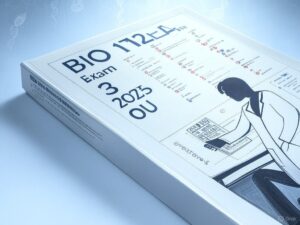
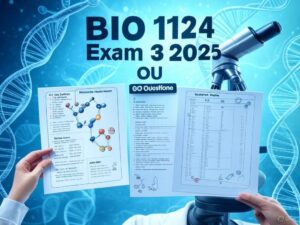


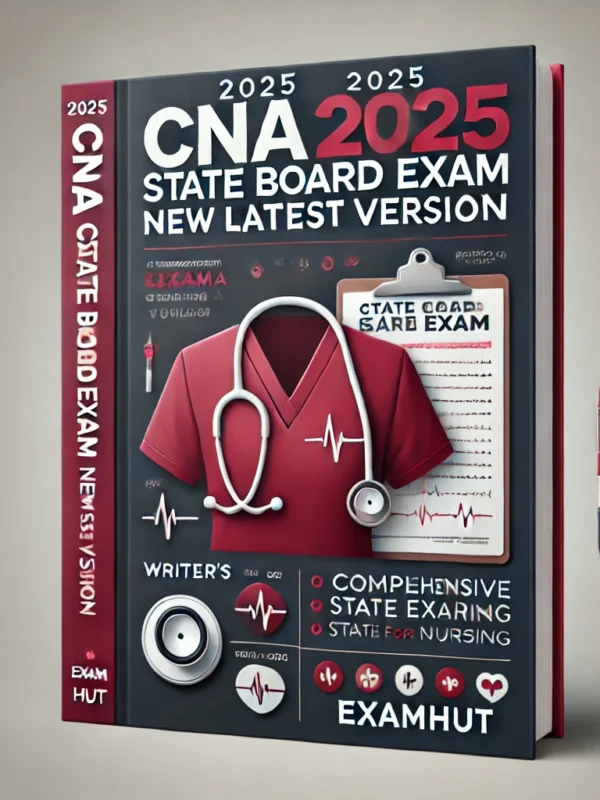

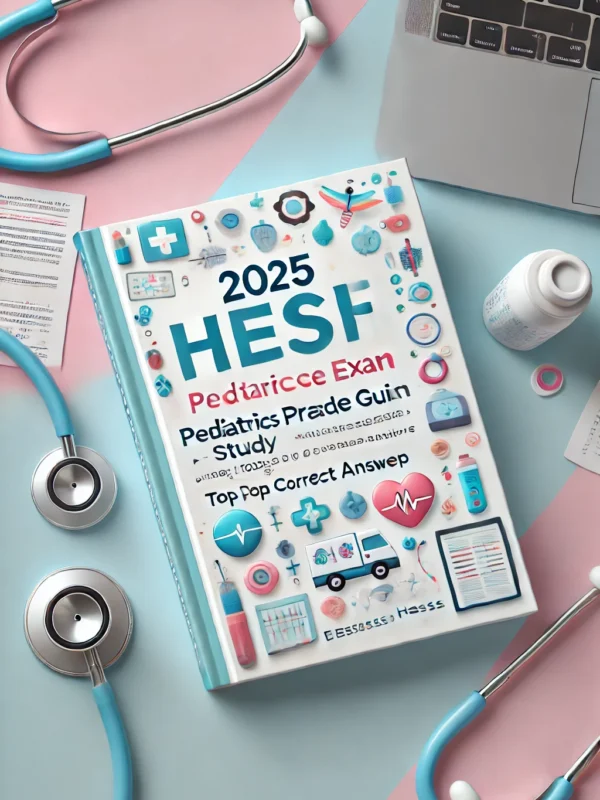
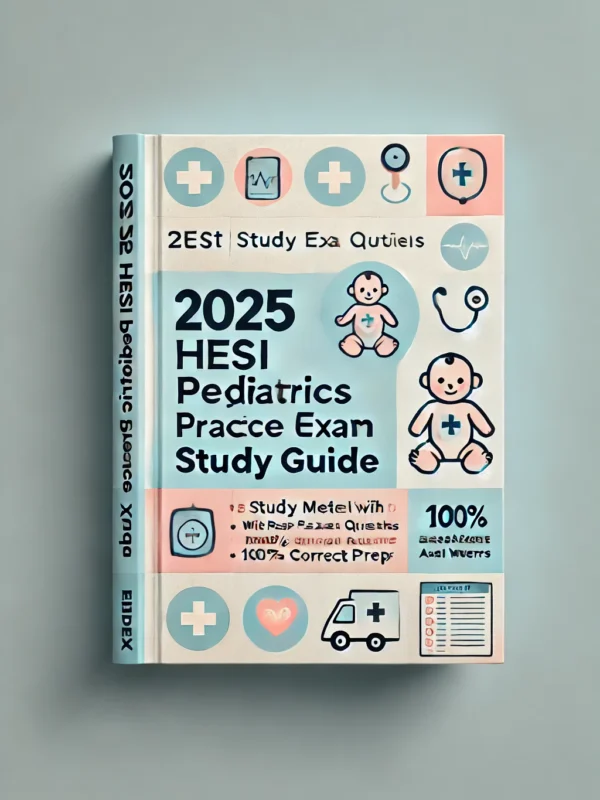
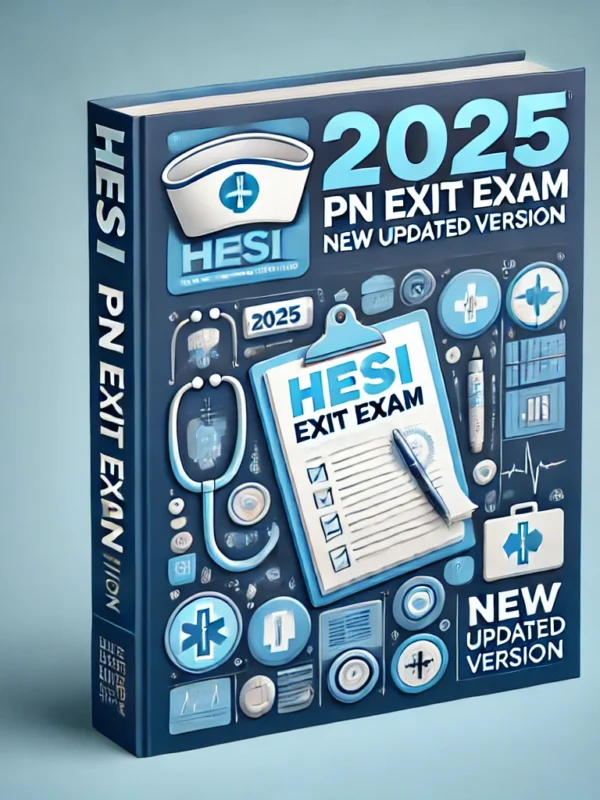
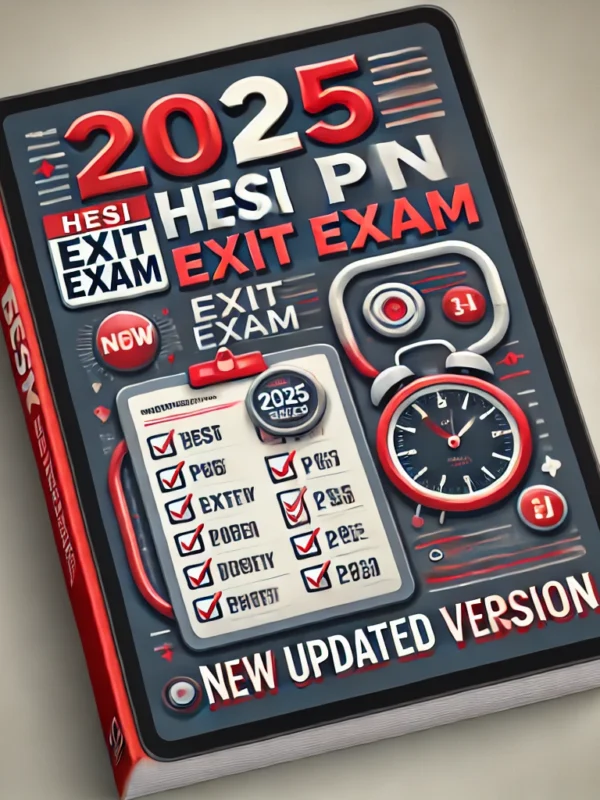
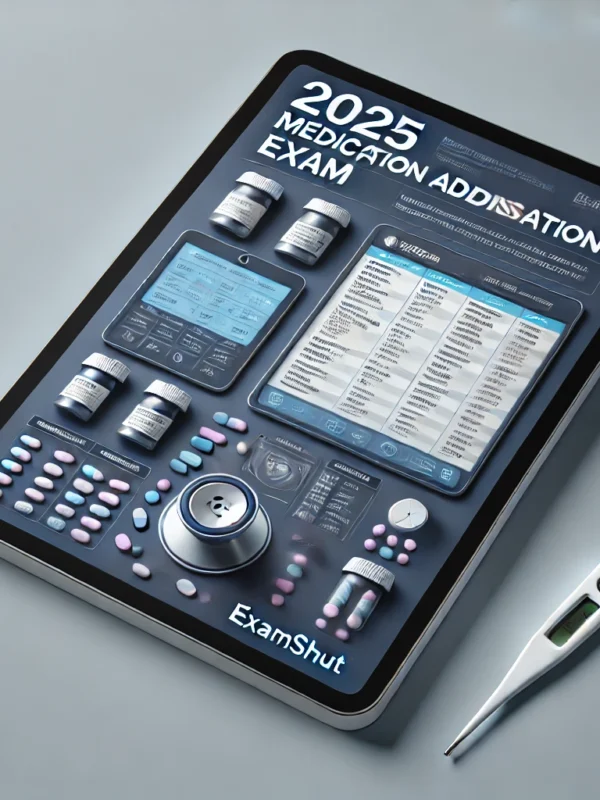
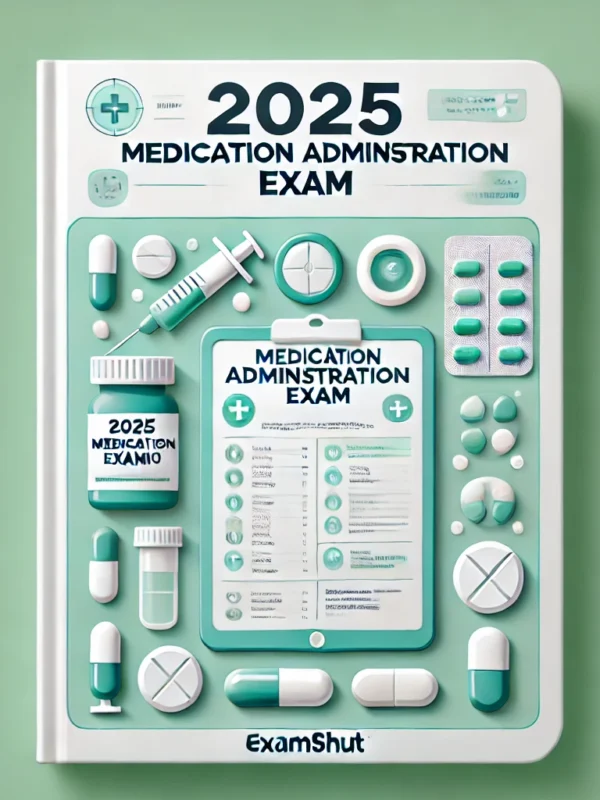
Reviews
There are no reviews yet.